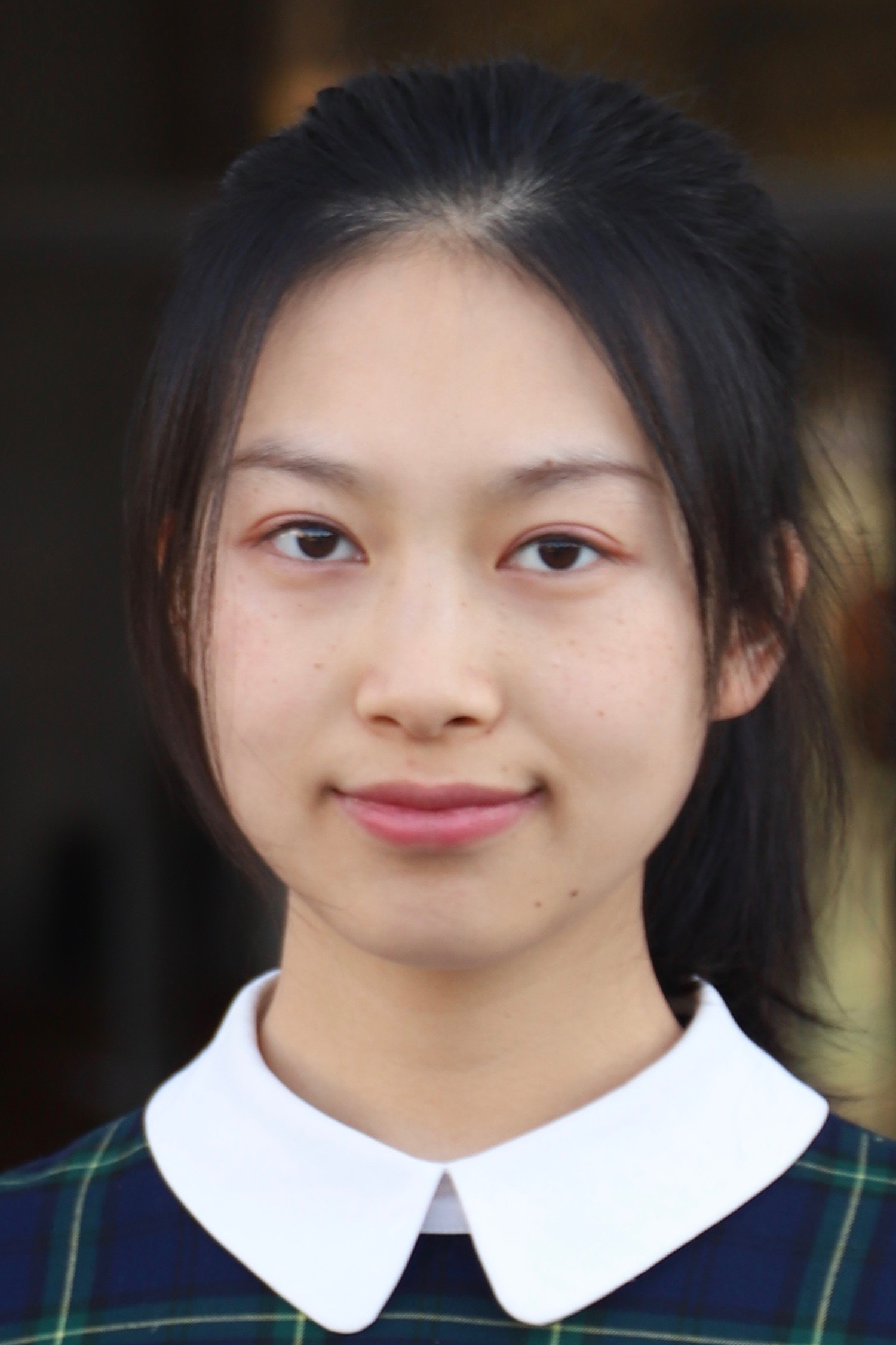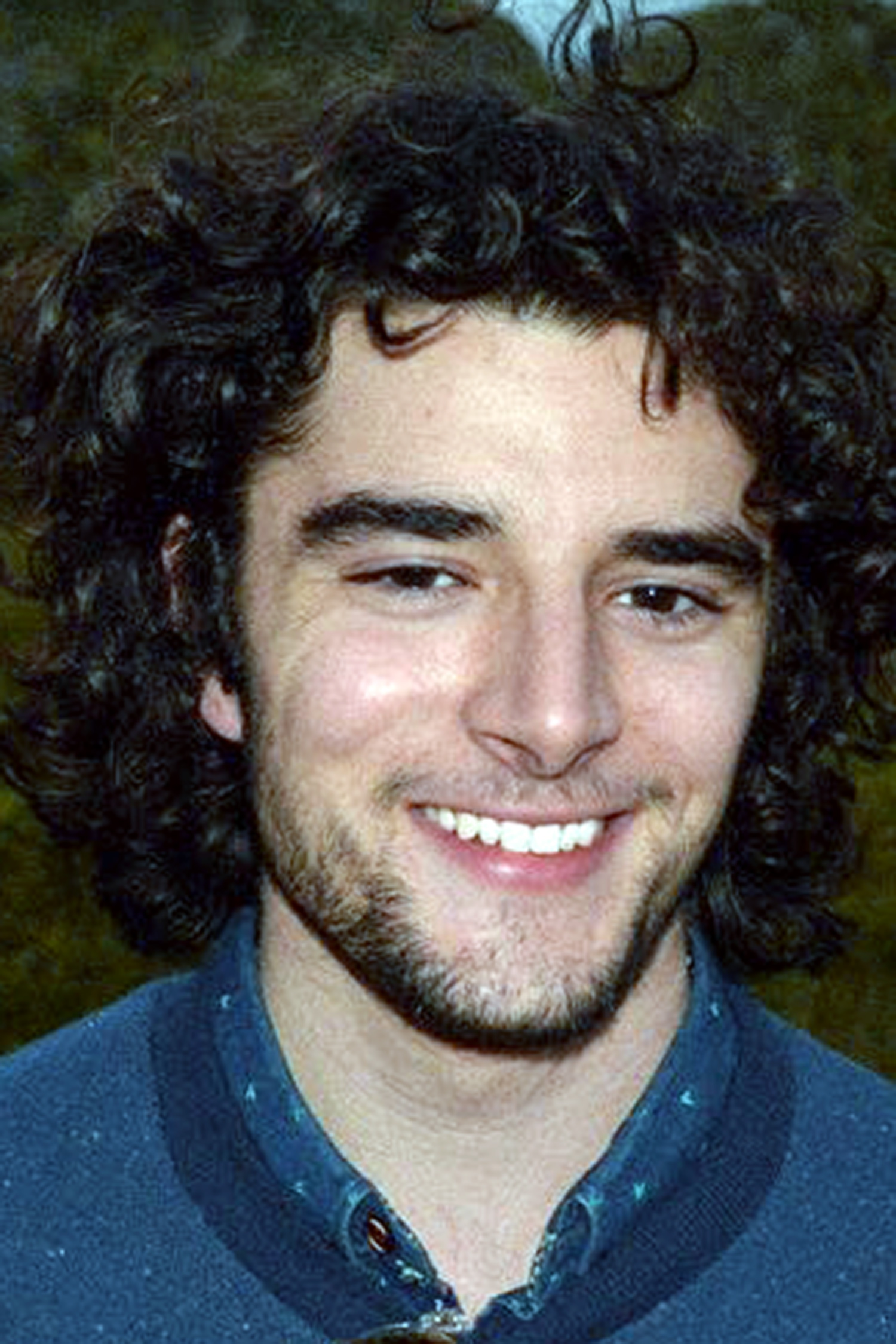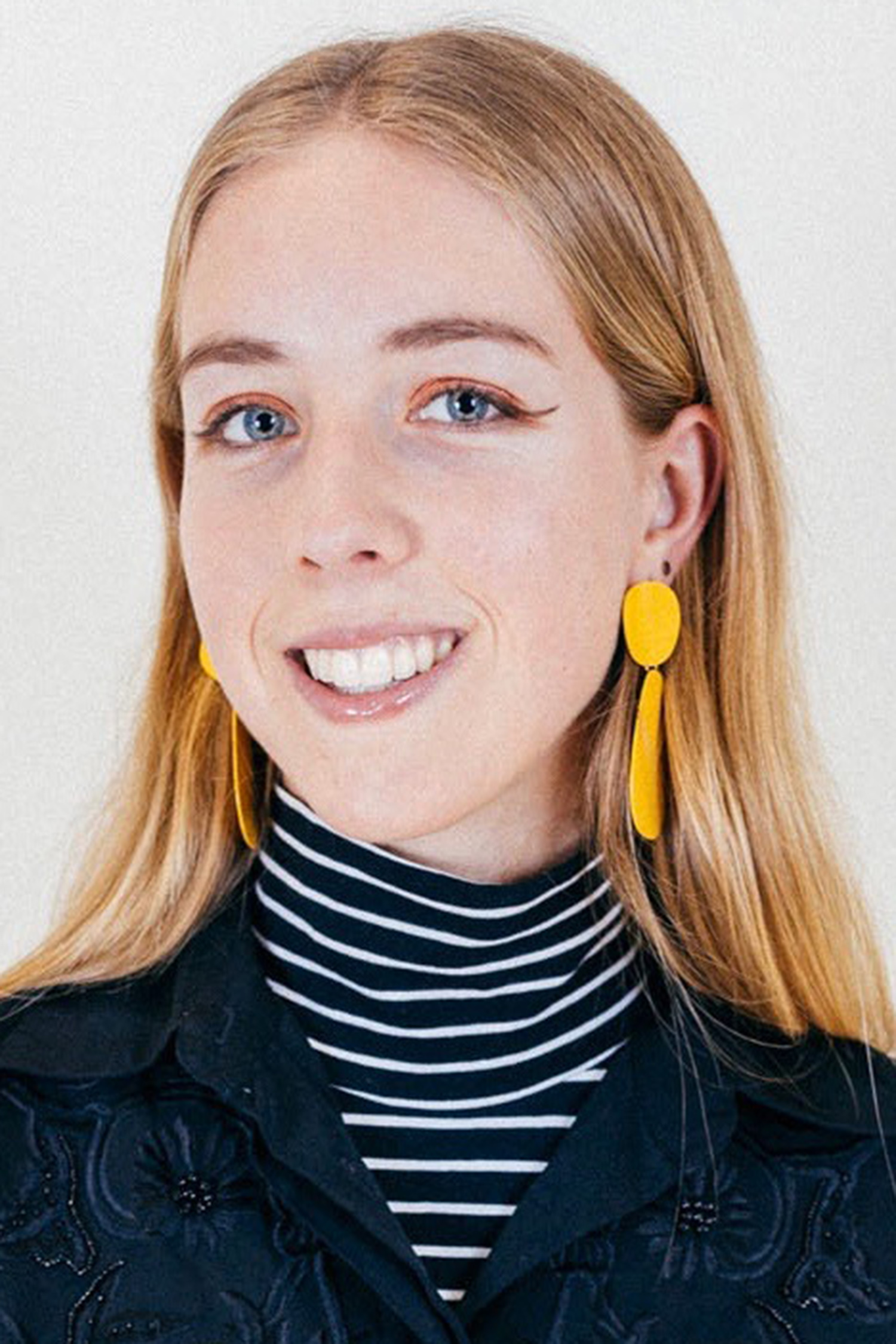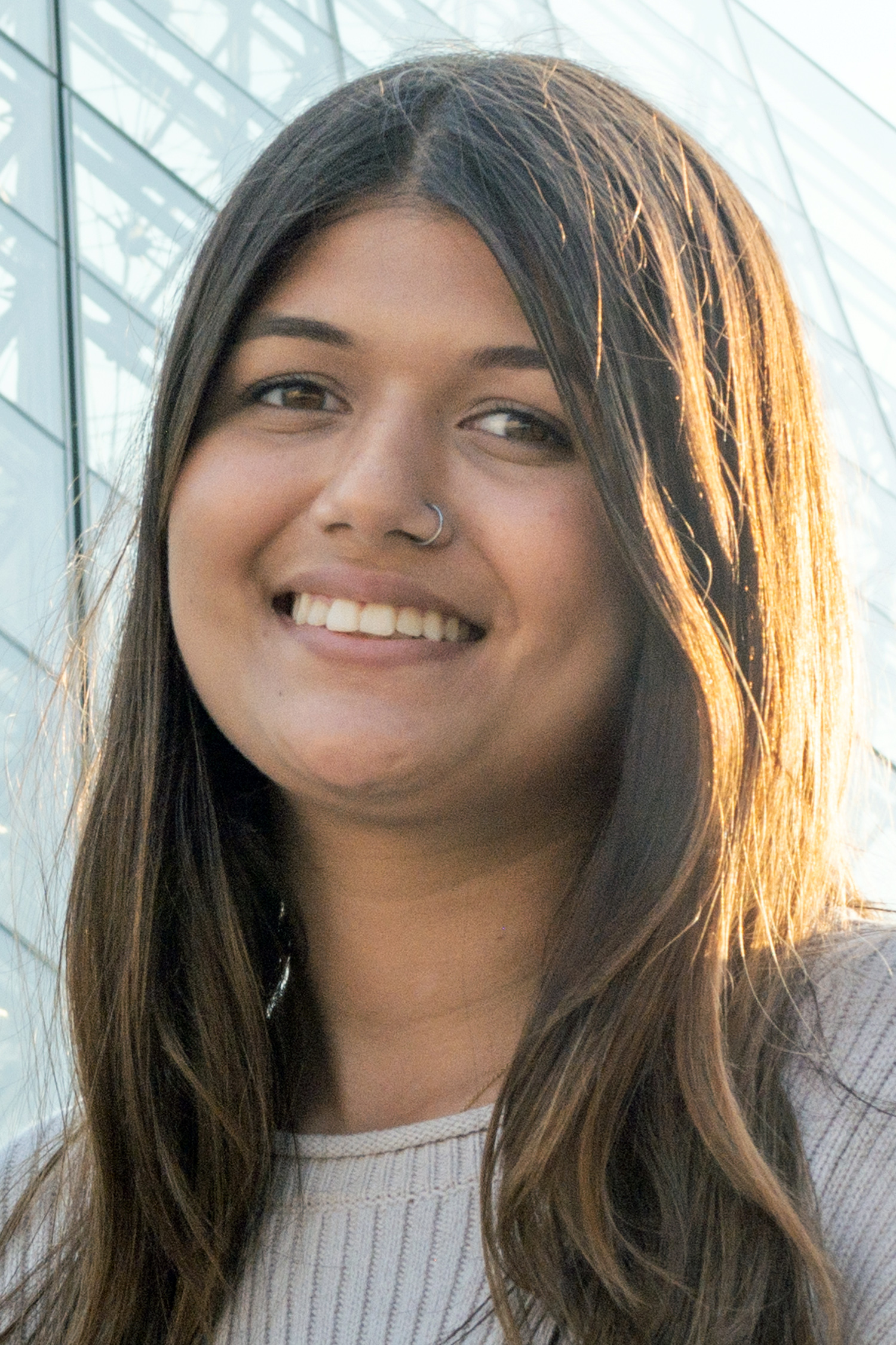They had every reason to stop — to take a breath, regroup, press pause. Labs closed. Library buildings shuttered. But even as the sharp talons of the COVID-19 pandemic wrested away nearly every scrap of normalcy, these students pressed on, earning the distinguished Charlene Conrad Liebau Library Prize for Undergraduate Research. This year’s crop of winners displayed equal parts creativity, cleverness, and perseverance in pursuit of their projects, which explore a kaleidoscope of topics, from safer drinking water to art in the Oval Office to how the emotion of awe is experienced across cultures.
Samyukta Shrivatsa and Aarti Visswanathan
Lower Division winner

For their project, “Exploring a Decision-Trigger for Maintenance of a Remotely Monitored Arsenic-Remediation System Planned for Low-Income Community in Central Valley, CA,” Samyukta Shrivatsa and Aarti Visswanathan conducted an experiment, buttressed by Library research, to take on the real-life problem of inequitable access to safe drinking water in California’s rural Central Valley. The project shows promise of a sustainable solution: a system that uses a disposable iron cartridge — to be monitored remotely via a phone app, so users know when to replace it — for the process of removing arsenic from groundwater.
Jennifer Yang
Lower Division winner

On trips to museums, Jennifer Yang would look at Chinese paintings, struck by the effortless flow between poems and images. Yang endeavored to explore this connection — the dance between words and visuals in the Chinese artistic tradition — but it was only when she narrowed down her topic that her project began to crystalize. In her paper, “Word and Image in Chinese Literati Tradition: Analysis of The Way, a spiritual path,” Yang focuses on Kim Hoa Tram’s 2005 work The Way, a spiritual path, exploring how the text and imagery intertwine to express the concept of spiritual “oneness” of humans and nature. Relying on a range of Western and Chinese sources, Yang’s project grounds her creative thinking and analysis in a rigorous study of Buddhist and Taoist philosophy and Chinese arts.
Nicholas Pingitore
Upper Division winner
 Generations of scholars have pointed to the Peace of Westphalia as a turning point in history. As the thinking goes, not only did the peace settlement — actually a pair of treaties, signed in 1648 — end the Thirty Years’ War, restoring order in Europe, but it also ushered in modern international relations, built upon the idea of secular state sovereignty. In his paper, “Inventing Westphalia,” Nicholas Pingitore traces the roots of this myth — long held as truth — which stretch and twist across history. Relying upon information gleaned from a range of places, including the digital repository HathiTrust and The Bancroft Library, Pingitore maps the evolution of an idea, casting light on the historical forces and figures at play.
Generations of scholars have pointed to the Peace of Westphalia as a turning point in history. As the thinking goes, not only did the peace settlement — actually a pair of treaties, signed in 1648 — end the Thirty Years’ War, restoring order in Europe, but it also ushered in modern international relations, built upon the idea of secular state sovereignty. In his paper, “Inventing Westphalia,” Nicholas Pingitore traces the roots of this myth — long held as truth — which stretch and twist across history. Relying upon information gleaned from a range of places, including the digital repository HathiTrust and The Bancroft Library, Pingitore maps the evolution of an idea, casting light on the historical forces and figures at play.
Sarah Kersting
Upper Division winner
 What story does the art in the Oval Office tell? For her paper, “The Cowboy in the West Wing: On Western Artworks in the Oval Office,” Sarah Kersting assembled what might be the first inventory of artworks displayed in the Oval Office under each presidential administration. During the course of her research, Kersting corresponded with presidential library historians, studied news photos, and scoured the Library’s digital resources. The Western frontier, Kersting found, is a visual throughline that starts with John F. Kennedy’s Oval Office and wends its way through most presidents’ artistic choices since. While favoring frozen-in-time imagery that signals a rugged self-reliance and bravery, she writes, presidents have glossed over the West’s complicated history and environmental challenges.
What story does the art in the Oval Office tell? For her paper, “The Cowboy in the West Wing: On Western Artworks in the Oval Office,” Sarah Kersting assembled what might be the first inventory of artworks displayed in the Oval Office under each presidential administration. During the course of her research, Kersting corresponded with presidential library historians, studied news photos, and scoured the Library’s digital resources. The Western frontier, Kersting found, is a visual throughline that starts with John F. Kennedy’s Oval Office and wends its way through most presidents’ artistic choices since. While favoring frozen-in-time imagery that signals a rugged self-reliance and bravery, she writes, presidents have glossed over the West’s complicated history and environmental challenges.
Enna Chen
Upper Division winner
 You’re on a mountaintop, soaking in the beauty of the valley and bubbling creeks below. Awe-inspiring, right? Yes — but there might be more to that feeling than you think. For her project, “Cultural Variations in the Appraisals of Awe,” Enna Chen examined responses from more than 2,000 people — spanning 26 countries — reflecting on their most intense experiences of awe. Chen’s paper, drawing upon those recollections, plus heaps of research from other scholars, points to a range of differences in how awe is experienced across cultures. For example, those from individualistic cultures, like you see in the Western world, were more likely to attribute the awe they experienced to themselves and not to outside factors — including the supposed awe-inspiring situation itself.
You’re on a mountaintop, soaking in the beauty of the valley and bubbling creeks below. Awe-inspiring, right? Yes — but there might be more to that feeling than you think. For her project, “Cultural Variations in the Appraisals of Awe,” Enna Chen examined responses from more than 2,000 people — spanning 26 countries — reflecting on their most intense experiences of awe. Chen’s paper, drawing upon those recollections, plus heaps of research from other scholars, points to a range of differences in how awe is experienced across cultures. For example, those from individualistic cultures, like you see in the Western world, were more likely to attribute the awe they experienced to themselves and not to outside factors — including the supposed awe-inspiring situation itself.
Divya Jain
Upper Division winner
 The look of Portsmouth Square, in San Francisco’s Chinatown, has been in a near-constant state of change. For her project, “Identity Politics and Cultural Placemaking: The Americanization of Portsmouth Square,” Divya Jain pored over newspaper articles, travel guides, numerous archival images, and other materials, including many from the Ethnic Studies Library, to track the evolution of the square’s design with the changing historical tides. During the Gold Rush — and amid the backlash against immigration from China — the square’s European-inspired design echoed sentiments of exclusion. More recently, the look of the square has mirrored a turn toward inclusivity, with homages to Chinese culture — albeit filtered through an American lens.
The look of Portsmouth Square, in San Francisco’s Chinatown, has been in a near-constant state of change. For her project, “Identity Politics and Cultural Placemaking: The Americanization of Portsmouth Square,” Divya Jain pored over newspaper articles, travel guides, numerous archival images, and other materials, including many from the Ethnic Studies Library, to track the evolution of the square’s design with the changing historical tides. During the Gold Rush — and amid the backlash against immigration from China — the square’s European-inspired design echoed sentiments of exclusion. More recently, the look of the square has mirrored a turn toward inclusivity, with homages to Chinese culture — albeit filtered through an American lens.
Honorable mentions
Michele Makhlouf Cavero
Lower Division
“Accept. Accept! Accept!? The Problems, Solutions, and Implications of Digital Privacy”
Louise Curtis
Lower Division
“Leserinnen and Enlightenment: Johanna Unzer’s Philosophy for Women”